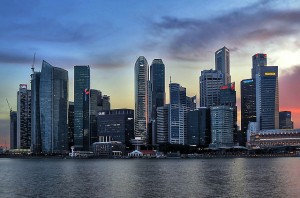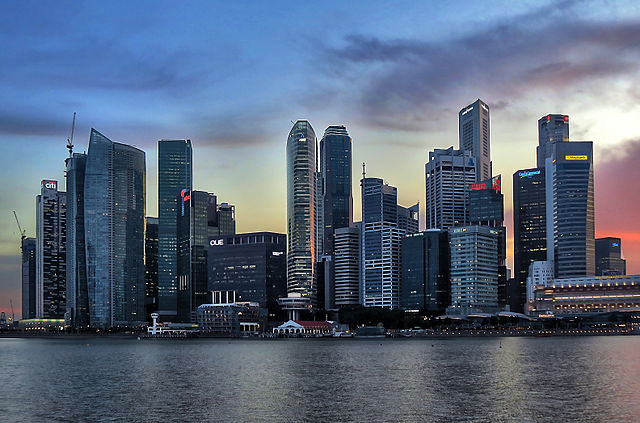 The Singapore government is set to pinpoint future growth industries and grab new opportunities in the digital world by leveraging on the state’s core strengths, with the ultimate goal of keeping the economy competitive and generating employment.
The Singapore government is set to pinpoint future growth industries and grab new opportunities in the digital world by leveraging on the state’s core strengths, with the ultimate goal of keeping the economy competitive and generating employment.
This is the task being followed by the Sub-Committee on Future Growth Industries and Markets of the newly formed Committee on the Future Economy (CFE), co-chaired by S Iswaran, Minister for Trade and Industry, and Jean-Luc Butel, president of K8 Global & senior advisor in McKinsey, at its first meeting on February 3.
The sub-committee in a report said it will identify opportunities in key growth clusters and markets, particularly healthcare, urban solutions, robotics, internet of things, and additive manufacturing, and lay down strategies that will enable Singapore-based companies to seize opportunities in the global marketplace.
It will also recommend leveraging Singapore’s key advantages of strong collaboration across different industries and the deep partnership between government and industry to create growth opportunities. It also discussed at the meeting the potential for Singapore to serve as a test-bed to develop solutions for global problems, and the need to develop an entrepreneurial mindset.
Minister S Iswaran said, “Asia’s growing needs, global technological trends, and novel business models are creating new opportunities. We are also seeing closer linkages across industry sectors. For example, aerospace equipment manufacturers are using data analytics to carry out predictive equipment maintenance as a value-added service to their clients.”
“As the sub-committee considers strategies for Singapore to compete and succeed in a challenging global environment, our ultimate goal is to help Singapore companies seize growth opportunities, and create good jobs for Singaporeans,” he added.
Butel added, “Some of the growth clusters we are looking at such as healthcare and urban solutions can also benefit Singaporeans more directly in improving their daily lives. For instance, we can testbed and bring together the biomedical and health sciences industry with the healthcare sector to deliver better care to our ageing population.”
Sub-committee member Peter Tan, president and CEO of Fischer Tech, said, “Singapore companies will face tougher competition in a more globalised economy, and need to scale up to compete effectively. It will be increasingly harder to do so within our small market alone. I think our companies are well-positioned to tap on the strong urbanisation and consumerism trends in the region to grow through internationalisation.”
Another sub-committee member Jonathan Asherson, regional director, ASEAN and Pacific, Rolls Royce commented, “Given Singapore’s leadership position across manufacturing clusters, such as aerospace, pharmaceuticals and chemicals, the next phase of growth would be enabled by advanced manufacturing technologies such as robotics, internet of things and additive manufacturing. We will also witness the emergence of new jobs such as robot coordinators and industrial data scientists across the manufacturing landscape. These are opportunities that Singapore is well-positioned to capture, and we are optimistic that Singapore’s competitiveness in manufacturing will strengthen as companies develop and adopt these advanced manufacturing solutions in Singapore.
The 30-member Committee on the Future Economy met for the first time on January 11, 2016 and discussed and endorsed the five key areas of work that it would embark on to set the direction for Singapore’s future economic development.
These five areas, assigned to five sub-committees, are growth industries and markets, corporate capabilities and innovation, connectivity, urban development and infrastructure, and jobs and skills.
The CFE was formed “to develop economic strategies to position Singapore well for the future—to be a vibrant and resilient economy with sustainable growth that creates value and opportunities for all.”
It aims to complete its work in a year’s time.
Photo: Erwin Soo





